The interaction of soils with the environment based on chemical contact is inevitable. Another thing is that such contacts do not always contribute to the improvement of agrotechnical qualities and parameters of the fertile layer. Depending on the nature of the pollution, the soil itself can become an environmentally hazardous resource even without taking into account its nutritional abilities. agricultural crops. At the same time, chemical pollution of the soil can have different prerequisites and consequences. To understand these and other aspects of chemical damage to the earth, it is worthwhile to become more familiar with the sources of such pollution.
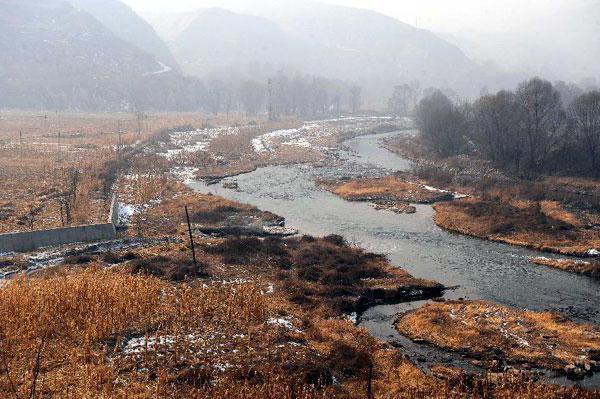
What are the sources of chemical pollution?
Chemical pollution of the soil cover is a change in its composition that occurs under the indirect or direct influence of various factors. Most of the negative prerequisites for a chemical change in soil characteristics still involves human activity. Among the main factors of this kind can be identified the work of industrial enterprises, agricultural activities and public services. These are the main causes of soil pollution that make it unsuitable for exploitation with the aim of growing cultivated plants. But, of course, pollution is not limited to these sources. For example, industry indirectly contributes to acid rain, and the greenhouse effect is the result of livestock farms. Hazardous waste dumps also have a rather serious impact on chemical damage.
Influence on the soil of industry and heat power engineering
To one degree or another, soil pollution occurs during any human activity in economic sectors. The main source of chemical damage is industry. In particular, waste from metallurgical plants and specialized chemical enterprises produce active substances that adversely affect the state of the soil cover. Partly for this reason, emissions from industrial enterprises have been increasingly tightly regulated in recent years. So, in many factories there is a gradual transfer of production to non-waste full cycle technologies.
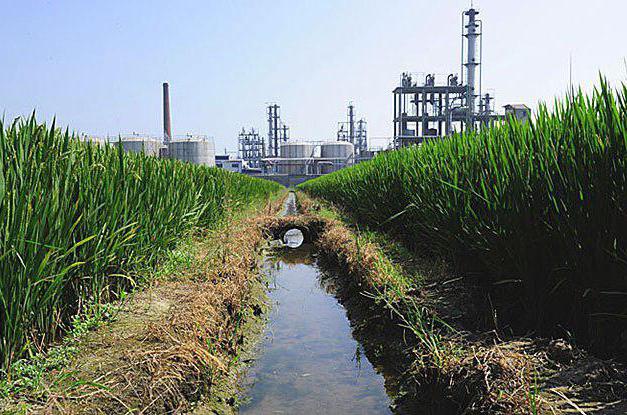
A significant contribution to pollution is also made by enterprises engaged in simple organic synthesis. First of all, they are dangerous with technological products remaining after passing through the technological cycle. Most of these materials are hydrocarbon-containing waste. In addition, substances with high molecular weight compounds, which remain in the form of solvents, catalysts, stabilizers, and other additives used in the production of building materials, also provide chemical pollution of the soil.
Landfills with waste and their impact on the soil
By themselves, enterprises do not harm the soil. Pollution occurs as a result of the distribution of waste products in the nearby territory. There are special landfills, as well as landfills, on which a hazardous product is concentrated and, in some cases, disposed of. In such areas, the soil suffers the most, since the degree of chemical exposure is already measured in terms of increased toxicity and radioactivity. Actually, such territories are initially calculated for the purpose of landfill.Moreover, the sources of chemical pollution of the soil in this case are not limited to industry alone. Domestic waste is also taken to landfills. For example, industrial oils, chemical products, building materials, wipers and solvents, batteries with batteries and other products that make soils unsuitable for many years. At least this applies to the use of land for agricultural purposes.
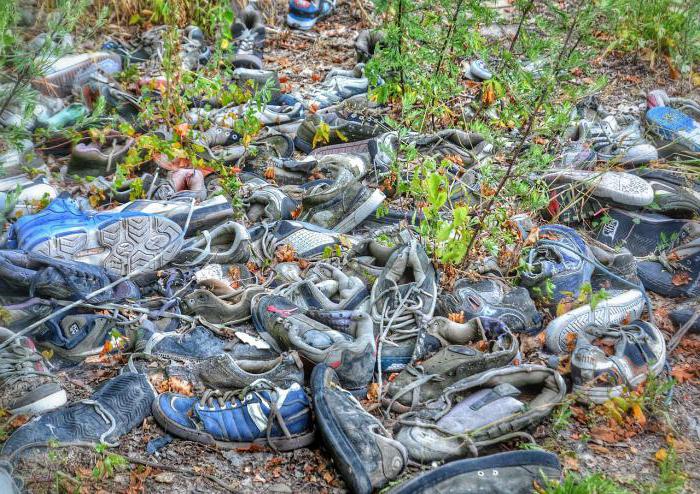
Acid rain
A separate group of industrial waste should be noted air emissions. In particular, carbon and nitrogen oxides, sulfur dioxide and organic volatile compounds form the conditions for subsequent acid rain. The accumulation of chemical compounds in the atmosphere leads to the appearance of reactions, which, of course, have little in common with the classical understanding of rains, but fully fit the definition of precipitation. For example, acid rain can occur in the form of snow, clouds, fog, and even dust. The main danger lies in the consequences of the precipitation of chemically hazardous substances in such sediments.
The increased alkali content in the waters that carry acid condensate not only reduces the efficiency of the fertile soil layer, but also contributes to the development of erosion processes. And this is not to mention that direct contact of cultivated plants with acid soils makes them dangerous from the point of view of subsequent consumption.
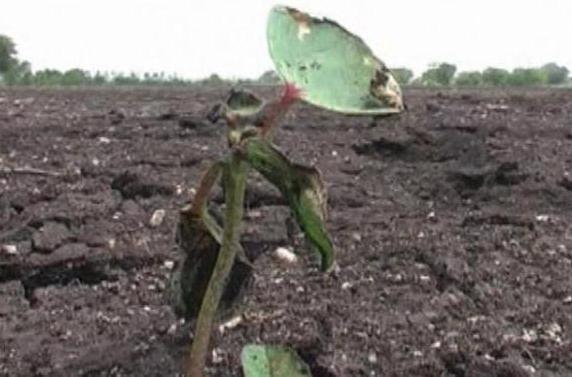
Agriculture as a source of pollution
Agricultural pollution is also common. Usually negative chemical effects of this kind occur as a result of improper fertilizer application. Thus, the irrational use of pesticides in the treatment of plants complicates the further removal of this substance from the soil. However, organochlorine components and polychlorpinene, the remnants of which remain in the ground for 10-15 years, do the most harm to the fertile cover.
Traditional mineral fertilizer elements also provide chemical pollution of the soil, increasing its toxicity. The use of copper-containing insectofungicides impairs the fertility of the earth. The situation is complicated if such soils are simultaneously affected by nearby motorways, which also bring heavy metals to the fields.
Public service as a pollution factor
In addition to specialized landfills and landfills, there are also urban places for garbage, sewage and other communal infrastructure that can also affect the state of the soil. This can be food residues, building materials, as well as chemically active substances used in domestic needs. This factor does not always lead to direct chemical pollution of the soil, but it can act indirectly, not to mention the fact that the end point for the removal of such waste will be the same landfills and landfills with hazardous toxic waste.
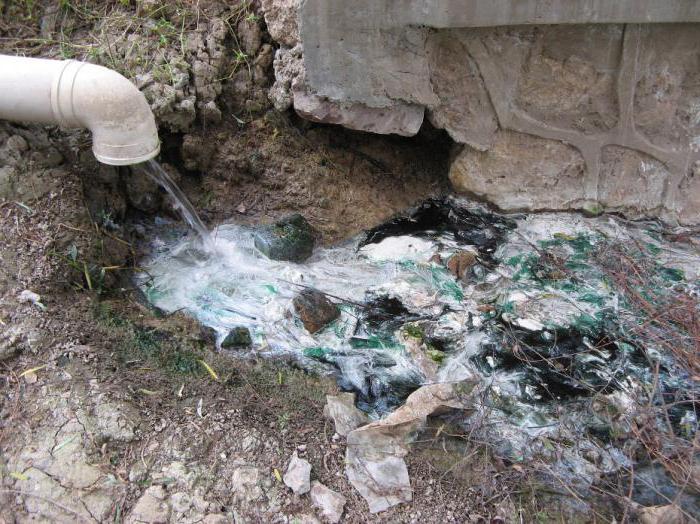
Natural processes of chemical pollution
Weathering of the soil cannot be attributed directly to a chemical change in the characteristics of the soil cover, but in some cases it causes erosion. This is to a certain extent a disease of the soil, in which there is a lack of moisture in its structure. Such problems arise precisely because of the natural natural impact - the wind carries soil particles, simultaneously evaporating moisture. The situation is aggravated if the agricultural causes of soil pollution in the form of oversaturation with salt fertilizers are added to erosion. The only right decision from the point of view of the farmer in such cases would be regular cultivation work, as well as balanced cover irrigation.
Effects of pollution
Situations with chemical damage to the soil layers are different, as are the consequences of such processes. The most difficult is the situation with soils at landfills, the recovery period of which can reach 50-100 years. The impact of industry and agriculture is also capable of causing chemical pollution of the soil, the consequences of which will result in the impossibility of targeted use of fertile cover. In this case, additional measures to restore the characteristics of the land help, but before that, experts assess the pollution.
Assessment of the level of chemical pollution
Pollution analysis is used to standardize soil characteristics, adjusted for operational requirements. Among the indicators used to assess chemical damage to soils, the concentration coefficient can be identified as the main harmful substances. In this case, different methods for determining phytotoxicity are used. For example, chemical pollution of the environment with which the soil interacts can be estimated by the characteristics of plants grown in the area. For this, the set of basic and normal soil properties is compared with the characteristics of the studied soil. Thus, deviations in the composition of the soil are detected, after which specialists determine a list of measures to stimulate restoration of the cover.
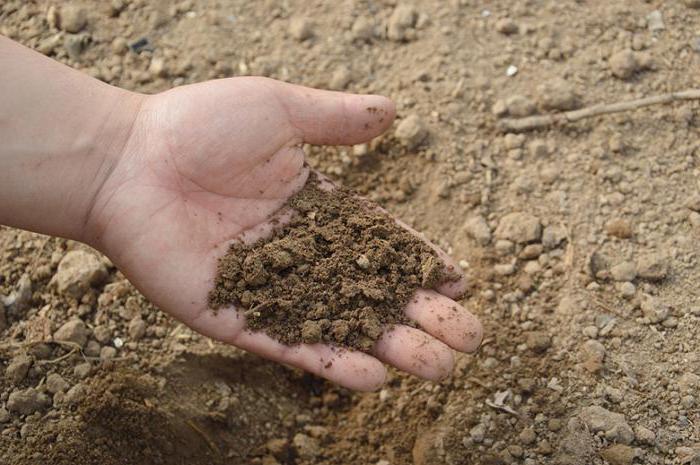
Measures to protect the soil from pollution
Environmental standards provide for special provisions that govern the rules for the exploitation of lands intended for agricultural use, planting forests, organization of recreational and protected areas. Environmental and sanitary-hygienic rules for the use of such facilities severely limit the activities of industrial enterprises and strictly regulate the work of agricultural organizations within the boundaries of their region. General measures for soil protection are also oriented towards the segment of transport services, which to a large extent affects the state of the atmosphere. In order to restore soil cover, hydrotechnical operations with irrigation or limitation of groundwater, land cultivation, as well as means of combating erosion processes are used.
Conclusion
Unlike other ecosystem ecosystems, the earth has rather strong mechanisms of self-cleaning from pollution penetrating into its structure. As experiments show, constant pollution of the soil with chemicals in the form of hydrocarbons can even be useful. Despite the harmfulness of such elements, they accelerate detoxification processes, which helps to restore the ecological condition of the earth.
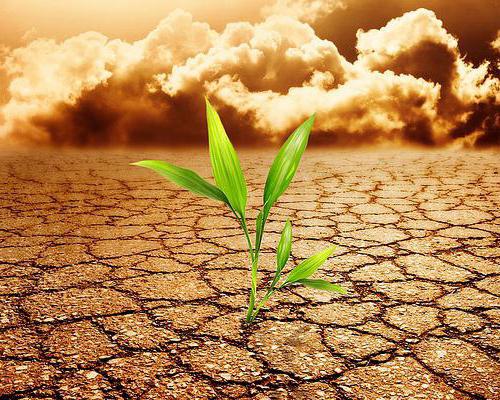
To a large extent, the effectiveness of the internal struggle of the soil with negative toxicity factors is provided by plants. For example, some types of crops accumulate hard to digest elements.








